Best Games to Play If You Love Resident Evil
From action horror, to survival horror, to horror horror, these are some of the games that are perfect for fans of every flavor of Resident Evil.
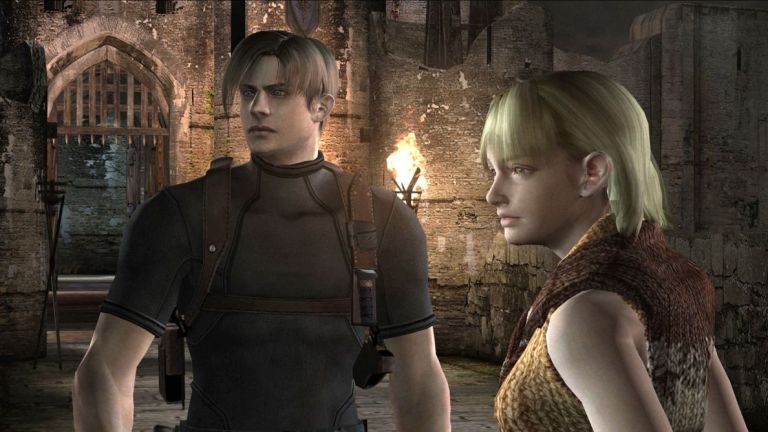
If you love survival horror games, odds are you love Resident Evil. The series essentially wrote the book on survival horror mechanics, from tank controls to limited ammo. Even when Resident Evil went third-person with Resident Evil 4, the game did such a good job that it became the blueprint many studios copy to this day.
Now while many survival horror games, especially modern ones, copy Resident Evil’s blueprint, calling most of them “Resident Evil clones” would be disingenuous. Many titles add unique spins, such as Fatal Frame’s camera that forces players to wait until enemies attack for maximum damage, or Siren’s sight-jacking ability that lets gamers scout out areas by seeing the world through a monster’s eyes. Of course, there is no shortage of games that take at least some inspiration from Resident Evil (or are just survival horror titles in general). In fact, you won’t find some of the more obvious examples of those games (such as Silent Hill or Dino Crisis) on this list. After all, you’re probably very aware of those games and have likely played many of them.
So if you love all the different forms of Resident Evil, here are some more games you should know about.

Onimusha: Warlords
Many studios tried to capitalize on the success of Resident Evil, Capcom included. That company created several games that could be described as “What if Resident Evil but X.” In the case of Onimusha: Warlords, the result was “What if Resident Evil but with samurai?”
Onimusha: Warlords features all of the hallmarks of a classic Resident Evil game, from tank controls to collecting keys. But instead of emphasizing resource budgeting, the game focuses on swordplay and leveling up weapons to unlock new attacks and paths forward. Because of that emphasis on action, Onimusha: Warlords is short on scares, but it is still a fun experience that has great mythological horror themes.
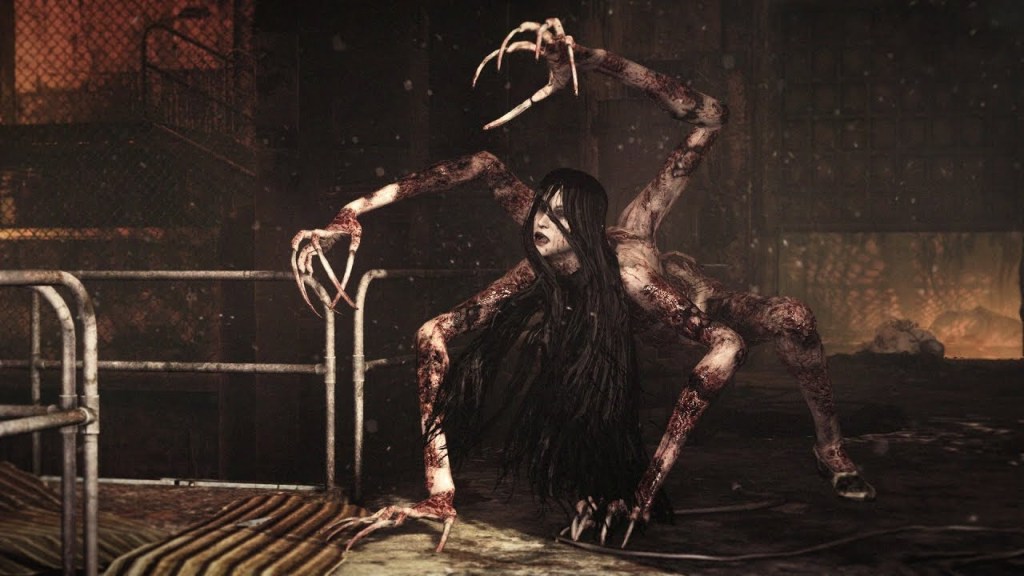
The Evil Within and The Evil Within 2
Shinji Mikami directed the first Resident Evil game, so many gamers rightfully credit him as the father of modern survival horror tropes. After he founded Tango Gameworks, the first two games out of that studio, The Evil Within, demonstrated why that association is well-founded.
The Evil Within games play remarkably similar to Resident Evil 4. Both are third-person shooters with enemies that personify body horror, but The Evil Within trades out limited inventories for upgradable abilities and matches that can burn enemies to a crisp. While the latter mechanic doesn’t return in The Evil Within 2, that game’s more open world and stealth system offer fair exchanges. Both are quite different from each other, but they’re both essential for Resident Evil fans.

Dead Space
As previously stated, many studios tried to copy the success of Resident Evil 4. However, Dead Space arguably remains the gold standard of how to draw inspiration from a popular title.
While Dead Space copies the third-person shooting of RE4, Dead Space turns the formula on its side with a crucial change to combat. Instead of encouraging players to go for tried-and-true headshots, you instead have to cut off enemy limbs. Add in inventory management, save areas and menus that aren’t safe from enemy ambushes, and level and sound designs that can make players jump at shadows, and you have an experience that might even surpass its inspiration.
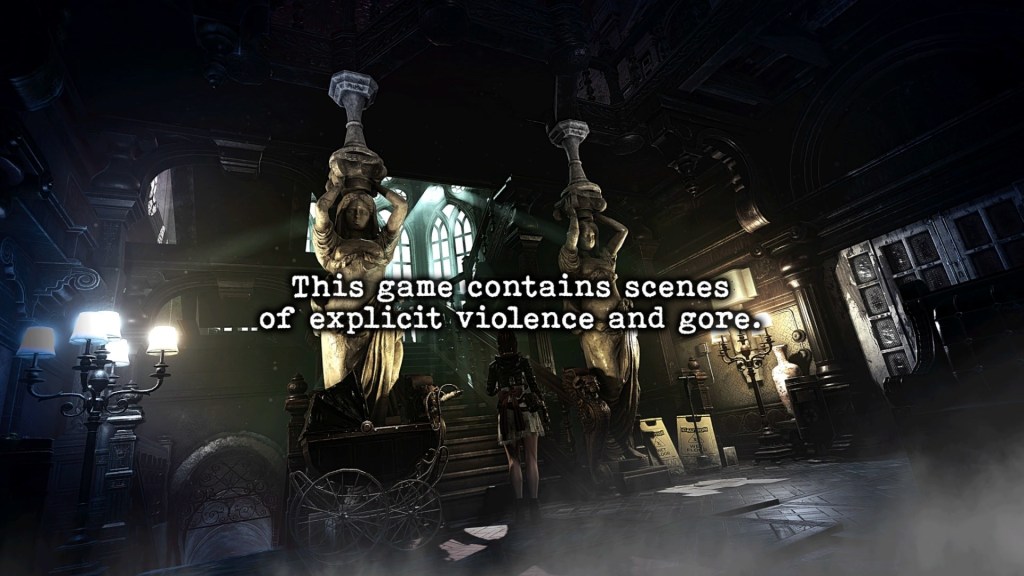
Tormented Souls
Usually, calling a game a “Resident Evil clone” is an insult, but Tormented Souls wears that label as a badge of honor, and for good reason.
Tormented Souls is an indie project that is essentially Resident Evil in everything but name. The game takes place in a dilapidated castle/museum/sanitarium, full of claustrophobic corridors and terrifying creatures. More importantly, Torment Souls nails that classic Resident Evil feel thanks to its tank controls, puzzles, resource management, and backtracking. The game is basically what would happen if someone remade the original Resident Evil with a new engine but kept all the mechanics and design philosophies intact. I mean that as a compliment.
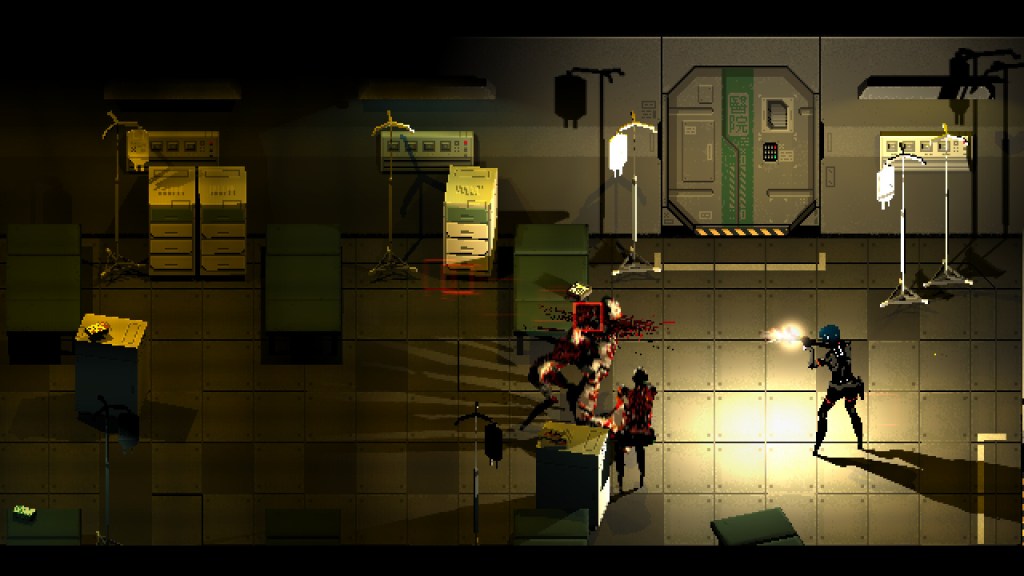
Signalis
In horror games, the more information a title keeps from the player, the better. Usually, that philosophy applies to visuals and audio, but Signalis also obscures its storytelling to great effect.
Signalis is, in essence, an isometric sci-fi Resident Evil where every enemy and character, including the protagonist, is an android. The story is intentionally vague and symbolic, and the monsters are scary despite often being covered in shadow. However, the most terrifying aspect of Signalis is its extremely restrictive inventory system. Enemies don’t die unless you use highly limited special ammo, so players are always left wondering if they have enough to get by and if they have enough space to pick up crucial items. Anything short of the perfect balance wastes resources, which is a horrifying fate in any survival horror game.

Lost In Vivo
Lost In Vivo is a first-person game where players delve into sewers, subways, and underground laboratories to save their dog. A relatable motivation to be sure, but the game also adds a healthy dose of psychological horror and an unreliable narrator.
At first, Lost In Vivo seems linear, but it quickly opens up into areas that force players to manage resources while solving puzzles and fending off twisted monstrosities. The locations and enemies are scary on their own, but Lost In Vivo’s ace in the hole is its refusal to play fair. The game constantly lies to players, resulting in scares and tense moments you can’t get anywhere else, not even in Resident Evil.
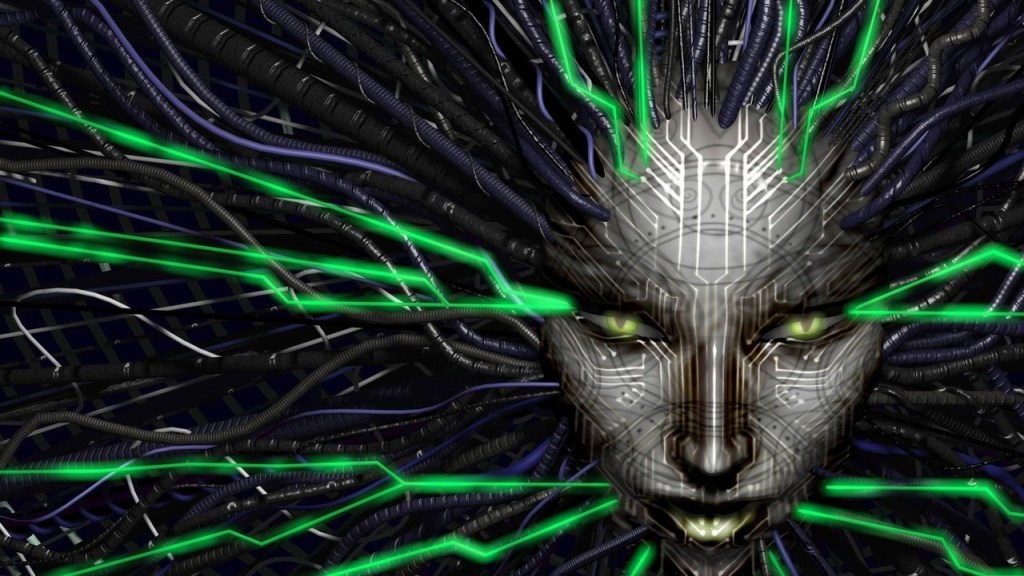
System Shock and System Shock 2
While many video games come and go, others are so important that their influence is still being felt today. If anything, they’re more influential now than ever before. The System Shock titles are two such examples of that rare status.
Simply put, System Shock and System Shock 2 are cyberpunk survival horror RPGs. Both are somewhat open experiences that give players a ton of tools that cater to different playstyles. While the System Shock games aren’t known for their jump scares, they still sport gripping stories and a healthy helping of, admittedly pixelated, existential body horror. However, these games truly knock it out of the park with their audio. Every byte of noise, from the ambient groan of enemies to the voicework of journal entries and series mascot SHODAN, is bound to make your hairs stand on end.
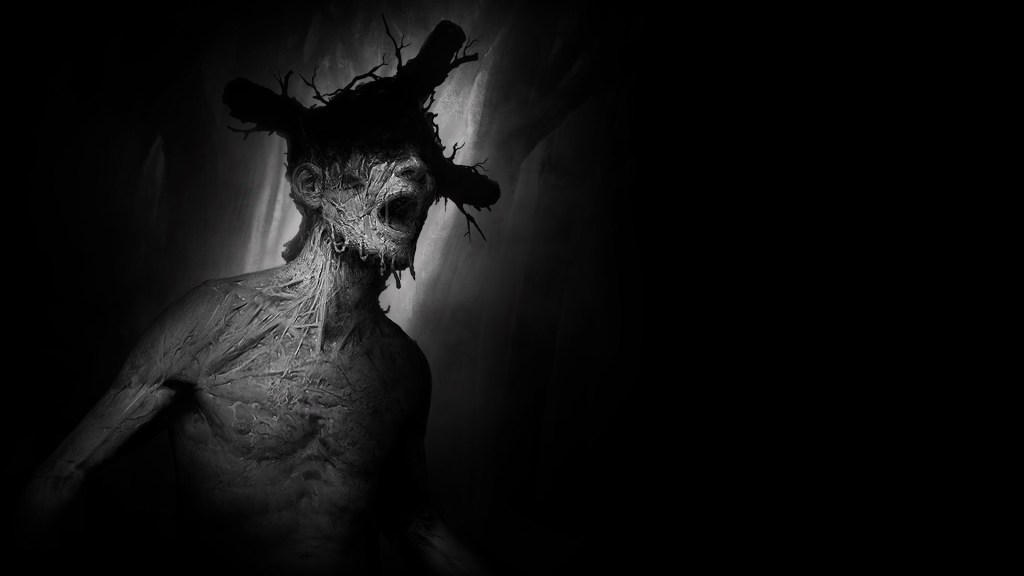
Darkwood
While the Resident Evil franchise’s scares mostly rely on atmosphere and intentionally restrictive combat, many entries still feature jumpscares. Of course, most horror games feature a few jump scares (some of which are incredibly memorable). However, Darkwood is one of the few horror titles to forgo jumpscares without losing any intensity.
Darkwood is an indie survival horror game that truly emphasizes survival. Players have to escape an isometric forest without a map and their vision is limited by the main character’s field of vision as well as physical obstacles such as walls and trees. This restrictive view, coupled with excellent sound design and gruesome monster concepts, instills an ever-present feeling of dread that only amplifies during Darkwood‘s nighttime sequences. These sequences force players to hunker down in cabins and survive unseen terrors lurking just outside the walls. And whatever’s out there is hungry.
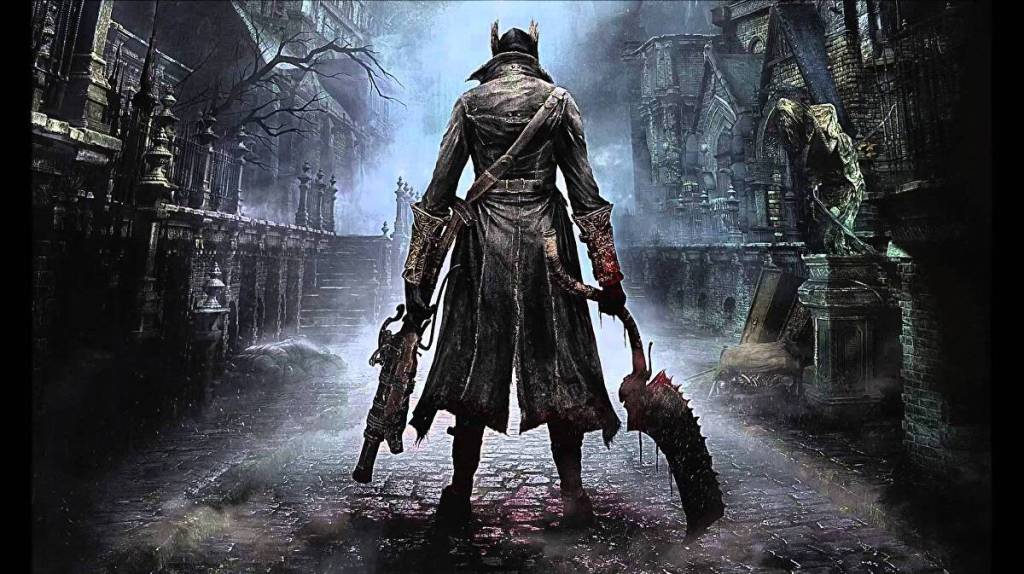
Bloodborne
Technically, Bloodborne is classified as a Soulsborne game. The game is challenging, yet fair, relies on a stamina system, and employs a narrative that is anything but straightforward. Still, who says Bloodborne can’t be both a Soulsborne and a surprisingly effective example of survival horror?
Bloodborne is arguably the scariest Soulsborne game out there. Its level architecture ensures players never know what hides behind a corner. Even when they do, it’s usually some twisted mockery of life and sanity. Even though items are easily replenished, Bloodborne still provides an air of limited resources since death robs players of their accrued experience points. As a result, the game exudes a palpable menace that keeps players scared, no matter how strong they become or how well they memorize enemy patterns.
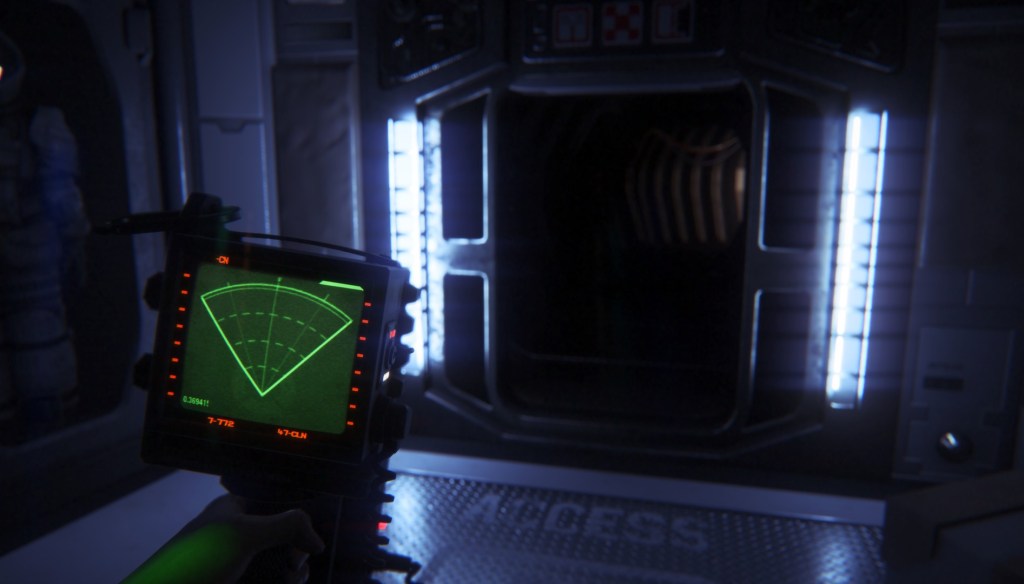
Alien Isolation
Think back to the terror of having Mr. X pursue you through a good portion of the Resident Evil 2 remake. Now picture a game built around that mechanic. That’s Alien Isolation in a nutshell.
As its title suggests, Alien Isolation takes place in the Alien canon. As is tradition, audiences are stuck in the claustrophobic hallways. Stealth and resource management are key, as while hostile robots can be dispatched with a few gunshots, the noise will undoubtedly attract the xenomorph. This creature is arguably the most intelligent enemy in video game history, as it doggedly hunts players and can learn from their actions. Cruelly, players have to deal with this walking “Game Over” screen while also solving puzzles.
